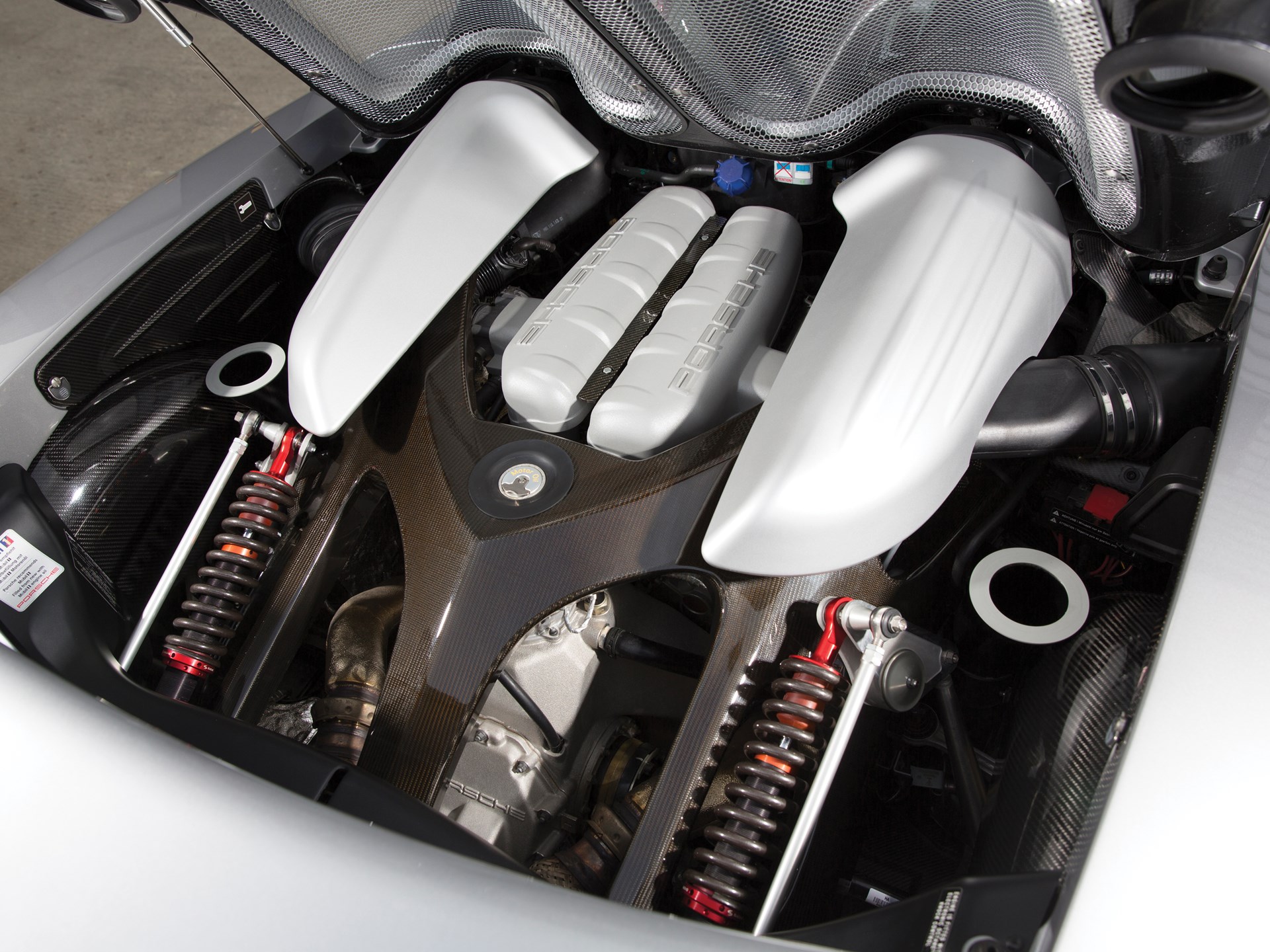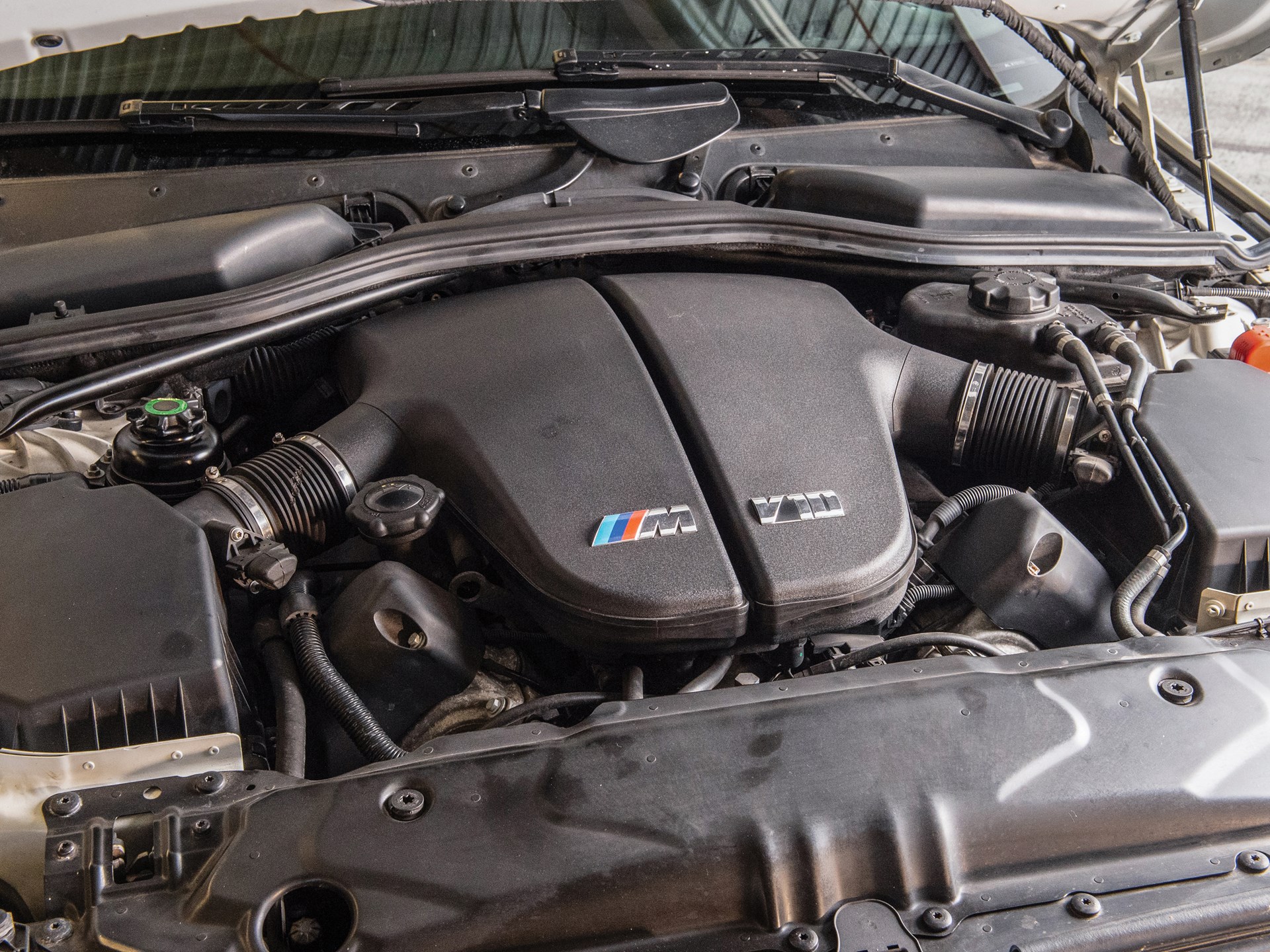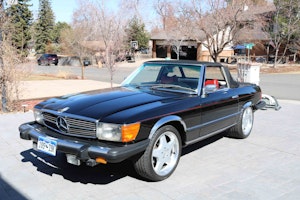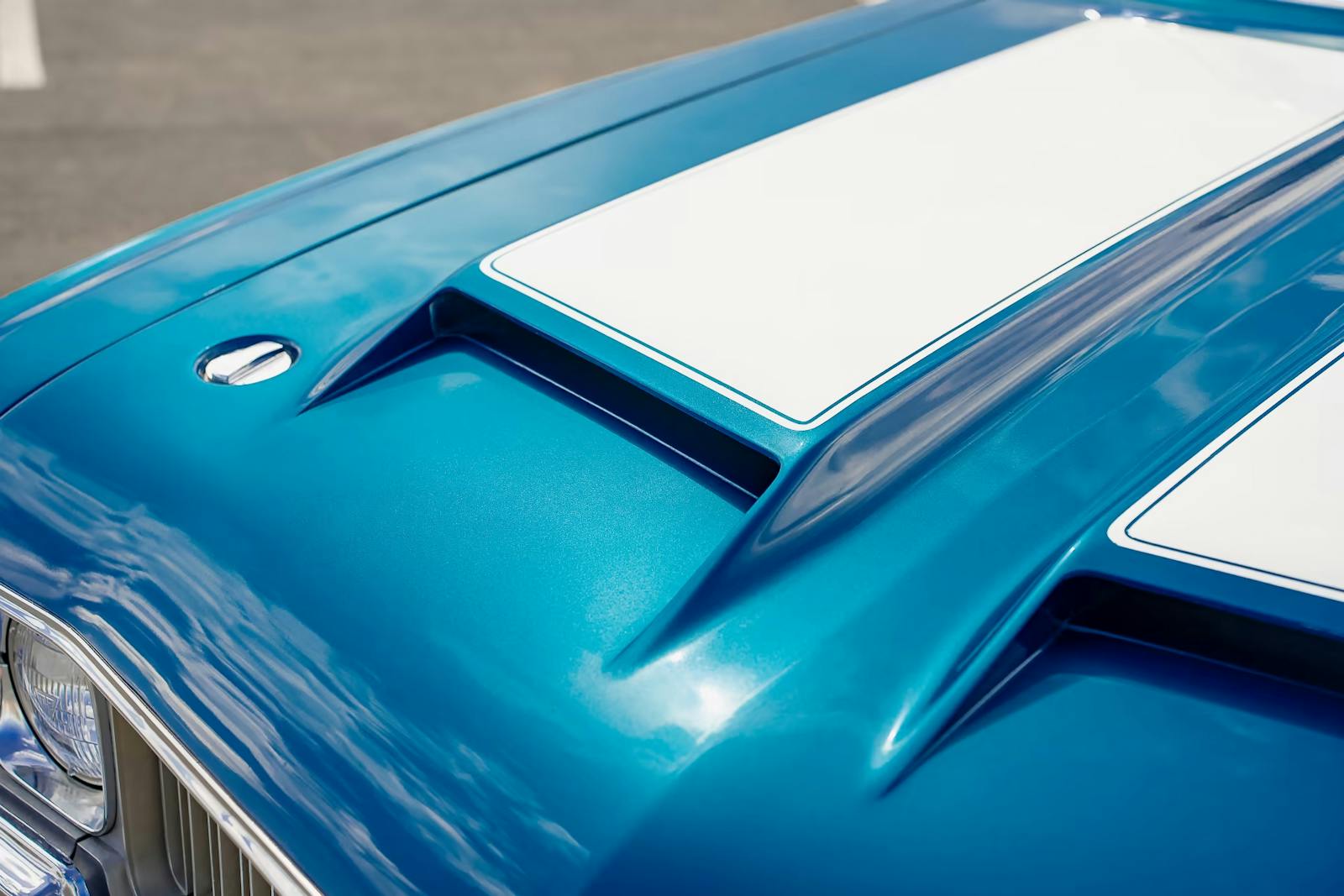Media | Articles
Here’s to the V-10, a dying breed of supercar engine
It would be fair to say Germany perfected the wailing flat-six, America the rumbling V-8, and Italians the symphonic V-12, but who owns the title for the title for greatest V-10 engine? As an exceedingly rare engine setup, there isn’t an established “right way” to build one of these monsters. Our picks range from high-revving 4.8-liters all the way up to stump-pulling 8.4-liters. In addition, a handful were clean-sheet designs, while others were derivatives of existing platforms or leftovers from past racing projects. Origin stories aside, the following are our picks for the best production V-10 engines of the modern era.
Dodge Viper

The Viper’s engine is the V-10 that the average Joe is most familiar with, but whatever you do, don’t call it a truck motor. Making this mistake will result in hundreds of angry emails, comments, and phone calls demanding you correct this unforgivable sin against Dodge’s legendary snake.
Its 8.0-liter beating heart shares the big displacement, pushrod, 90-degree-V architecture that would later appear in gas-powered 1994 Ram 2500, but that’s where the similarities end. Lamborghini—then owned by Chrysler—assisted in the design process, gracing the powerplant with an aluminum block and cylinder heads massaged to produce 400 horses. Displacement and power would continue to increase throughout the car’s lifetime, culminating in the 8.4-liter, 645-horsepower monster that (sadly) departed with the Viper to the great snake pit in the sky in 2017.
Porsche Carrera GT
Marketplace
Buy and sell classics with confidence

Before the mind-bending, 887-horsepower 918 Spyder, Porsche produced what’s now considered perhaps the most unhinged modern supercar of the last two decades—the Carrera GT. Unlike its complex, hybrid-electric successor, the GT relied on an old-fashioned manual transmission connected to one of the industry’s best V-10 engines to get the high-performance job done.
As is the case with many great powerplants, the Carrera GT’s history is rooted in motorsports. Porsche had been developing a new 10-cylinder for possible use in Formula 1 and Le Mans during the early 1990s, but neither project ever came to fruition. Thankfully, this design would resurface for use in the new road-going supercar during the early 2000s. Displacement was increased to 5.7 liters and total output was a staggering 605 horsepower. Its race-ready character was more than enough to cement its place on our list and even produce one of the most iconic Top Gear reviews of the last 20 years.
Audi Lamborghini

Lamborghini and Audi may share a V-10 architecture, but this wasn’t always the case. Launched in 2003, the Gallardo housed Lambo’s first production 10-cylinder engine, its block, bore-spacing, and crankshaft layout unique from Audi’s own design of identical displacement. Vibration issues and emissions regulations, however, resulted in the demise of the raging bull’s version, leading to both the R8 and Gallardo eventually adopting a common powerplant.
Both parties lay claim to the current setup, but Audi’s influence is undeniable. The current V-10 takes advantage of developments from their V-8 engine family, including split crankpins, higher compression ratio, and stratified direct injection for a stronger, more powerful unit. The change paid off, too, as power has increased from 493 in the initial, 5.0-liter Lamborghini-design, to a stratospheric 631 in the Huracán Performante utilizing an updated 5.2-liter setup—an example of in-house engine darwinism at its best.
BMW M5 (E60)

It’s one thing to have a sleek mid-engine sports car with a exotic, high-revving engine under the hood, but a sedan? Yes, BMW managed to shoehorn a 5.0-liter V-10 into its Bangle-era E60 5 Series sedan (and Europe-only E61 Touring wagon). The result was a blazingly-quick four-door, with the exhaust note of an Italian supercar.
Though not directly related to Formula 1, the Bavarian 10-cylinder—known internally as the S85—was certainly inspired by BMW’s motorsports efforts. The all-aluminum beast produced 500 horsepower while screaming all the way up to an 8250-rpm readline. And while top speed was limited to a very-German 155 mph, the car was still able to navigate the Nürburgring in just over 8 minutes. Numbers like these put the E60 M5 at the top of the heap when it came to four-doors, fueling the ongoing horsepower arms-race between BMW, Mercedes, Audi, and Cadillac.
Lexus LFA

Though most media outlets considered the LFA far-from-perfect when it launched in 2011, it was its downright sonorous V-10 that kept everyone coming back for more. Perhaps this is just to be expected when engineers from both Toyota and Yamaha get their hands on an engine project.
Measuring in at 4.8 liters, the Lexus is a decidedly different animal from the brutish, big-bore Viper motor. In an attempt to provide a true F1-style experience, 552 horsepower is delivered at 8700 rpm, with a soundtrack straight out of an early-2000s Monaco Grand Prix. Not only that, the powerplant still holds the world record for fastest revving engine, zinging from idle to a stratospheric 9000 rpm redline in only 0.6 second. By all accounts, Lexus’ first swing at a production V-10 was a home run.










